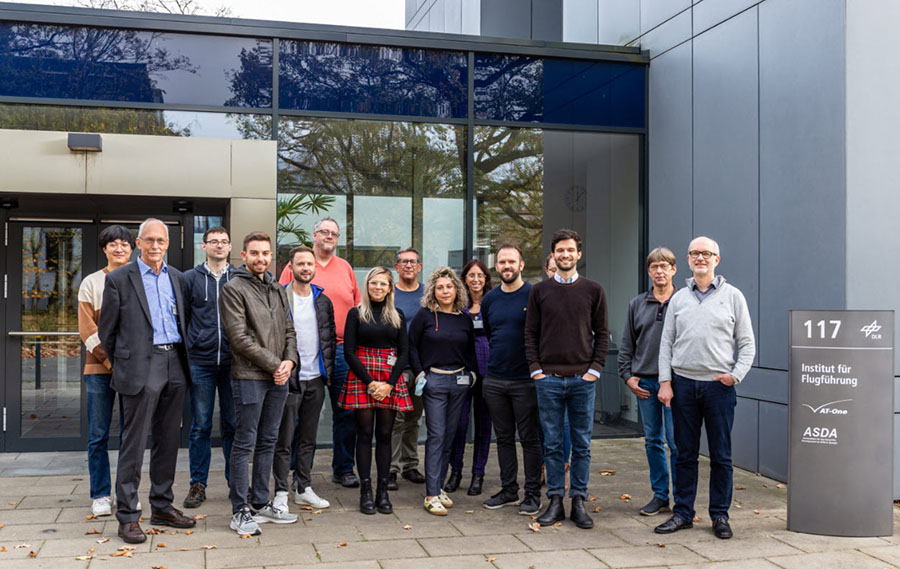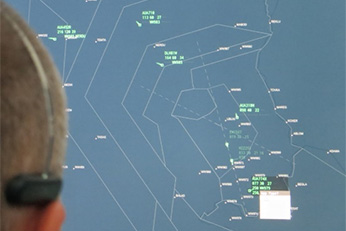
Click time of air traffic controllers (ATCos) reduced from 12,800 seconds down to 405 seconds by using the automatic speech recognition and understanding (ASRU) architecture developed by the SESAR HAAWAII project.
Between the 14 September and 3 November 2022, HAAWAII coordinator DLR, together with 12 controllers from Austro Control, conducted validation trials in support of the PROSA project and its work on attention guidance to quantify the benefits of automatic speech recognition and understanding on controllers workload and flight safety.
Each controller participated in four exercises, two baseline runs without ASRU support and two solution runs with support of ASRU. Both the solution runs and the baseline runs consisted of a medium and a heavy scenario. The medium scenario contained round about 30 arrivals per hour and the heavy scenario 42 arrivals per hour.
In the baseline scenario the controllers were asked to manually enter all clearances into the aircraft radar labels, i.e. entering the altitude value of a DESCEND clearance, the speed value of a REDUCE clearance, the cleared heading or waypoint and so on.
While evaluation of the trials are still ongoing, some very clear results are already available. The total simulation time overall runs were 101,400 seconds, i.e. all controllers together spent 50,700 seconds within the baseline scenarios and also the same amount in the solution scenarios. The controllers spent in the baseline runs roughly 12,800 seconds for maintaining the clearance information within the aircraft radar labels. The project measured the time whenever the controller opened a menu to enter a clearance until the desired value was selected. More than 5,900 commands were entered manually in the baseline runs, i.e. an input roughly required 2.2 seconds.
In the solution runs the controllers only needed to enter a value, when the ASRU failed to recognize the given clearance, i.e. either nothing was recognized or a wrong value or command type were recognized.

In all 20 solution runs together only 154 commands were manually entered. The controllers needed 405 seconds in total for these corrections, i.e. roughly 2.6 seconds. The results are very, very clear: In the baseline scenarios not supported by ASRU the controllers spent more than 25% of the simulation time with the radar label maintenance. In the solution scenarios supported by ASRU the ATCo’s needed less than 1% of the time for this task. Even if we assume that mechanisms for manually entering the commands in the HMI dramatically improve, an input time of at least one second per command will still remain. That means, the controllers would still need 12% of their time for the radar label maintenance instead of just 1% when ASRU support is available.
12 to 25 times more additional mental capacity of the controllers is principle available when ASRU support is available. Therefore, the next steps will be the evaluation of the average flight time per aircraft in the baseline and solution scenarios and, how many given commands were not entered correctly into the radar labels, when ASRU is used and even more important, if also wrong label entries exist, when the controllers enters all commands manually, i.e. when he has the additional workload with the radar label maintenance task.
